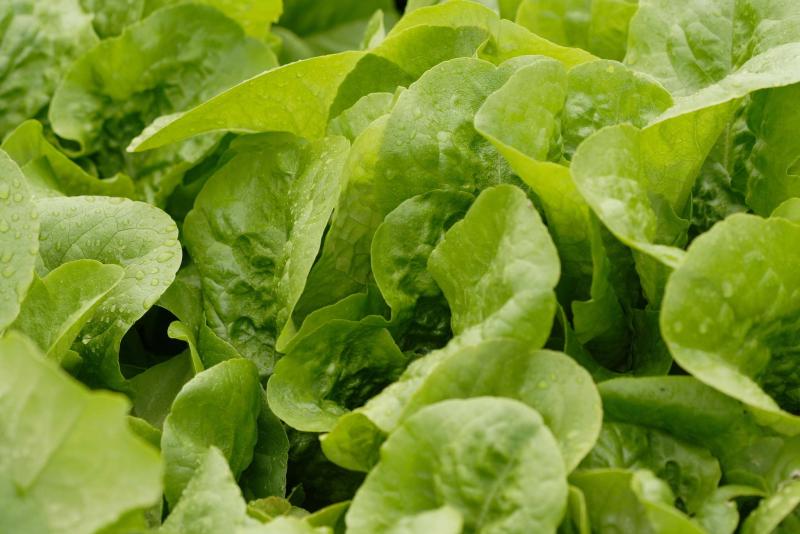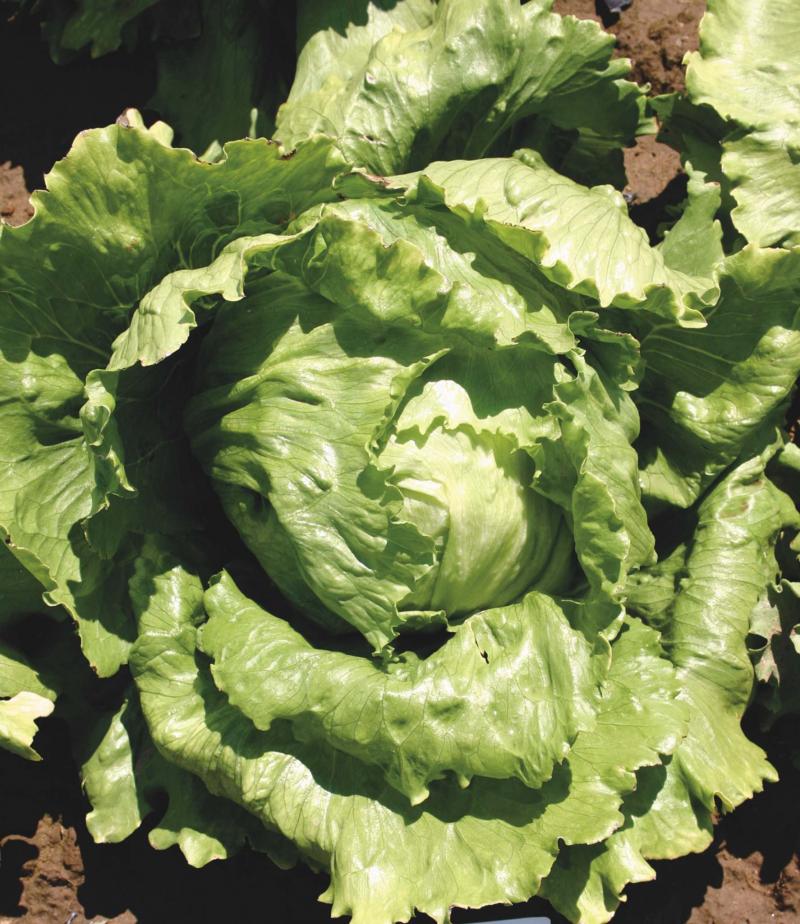
Stokes Seeds
Feeding a large family? Mighty Joe MI lettuce has it covered.
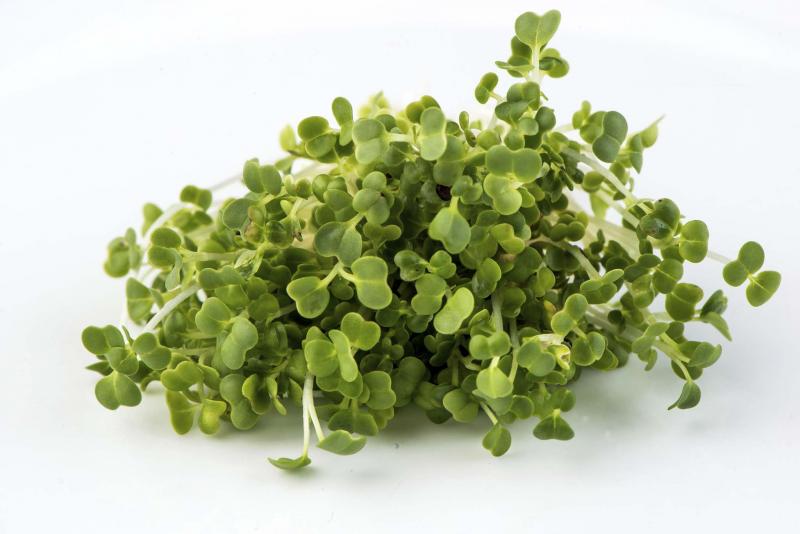
Mumm's Sprouting Seeds
Fresh, spicy and packed with nutritious flavour, ignite your tastebuds with fresh microgreens.
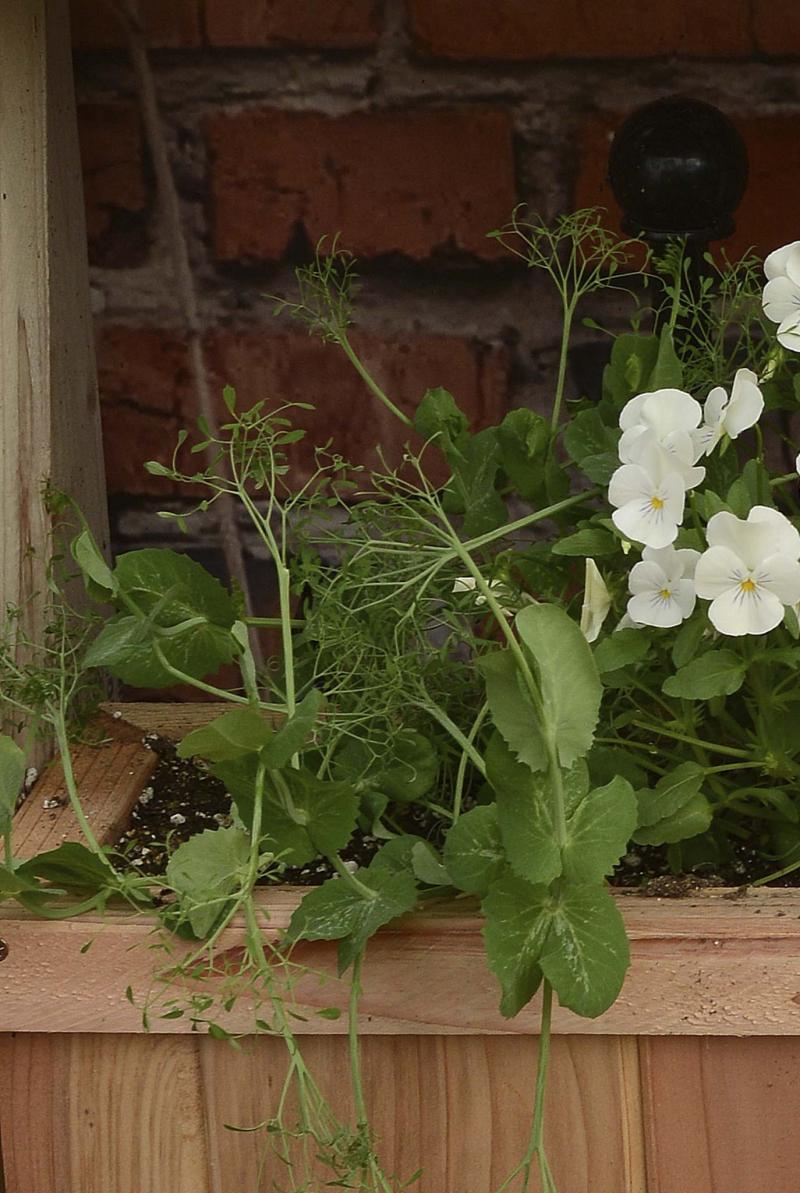
Burpee Home Gardens
Great name, great flavour, even the tendrils on compact Masterpiece pea are delicious.
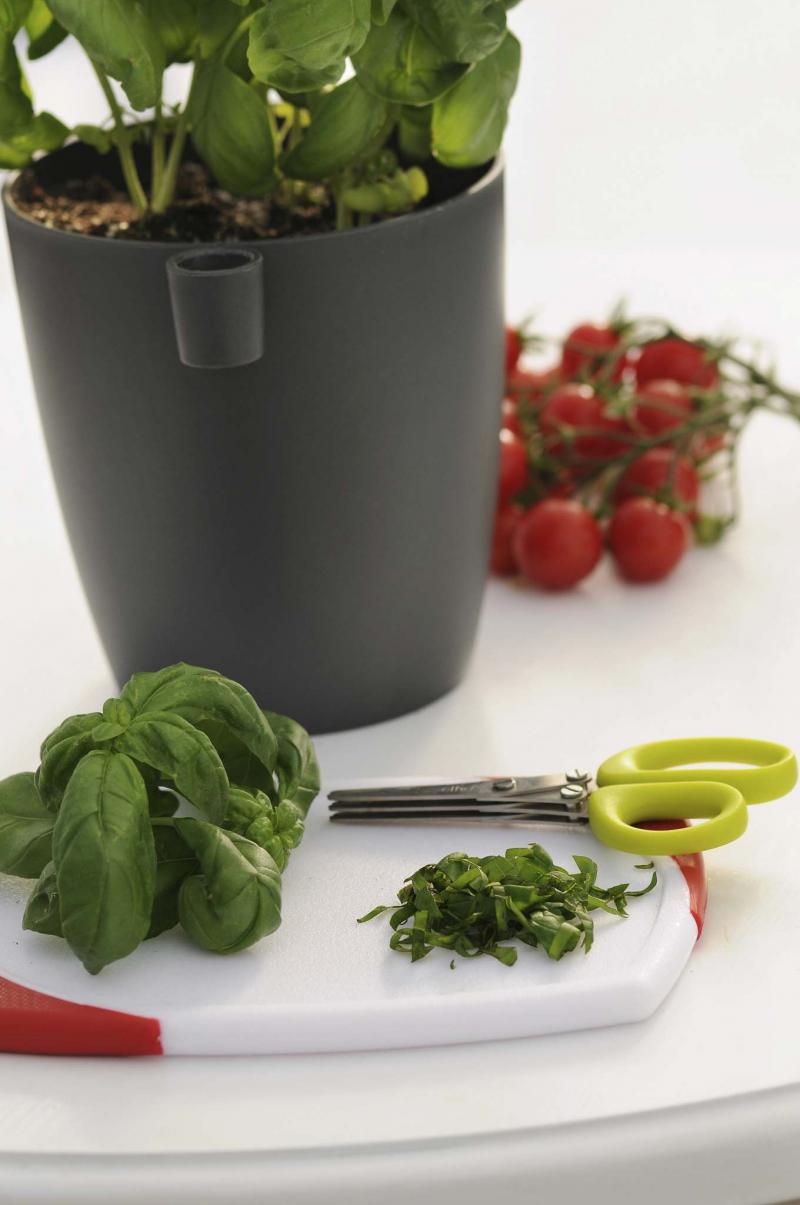
Burpee Home Gardens
Easy to grow, remember to pinch Sweet Italian Large Leaf basil for bushy growth.
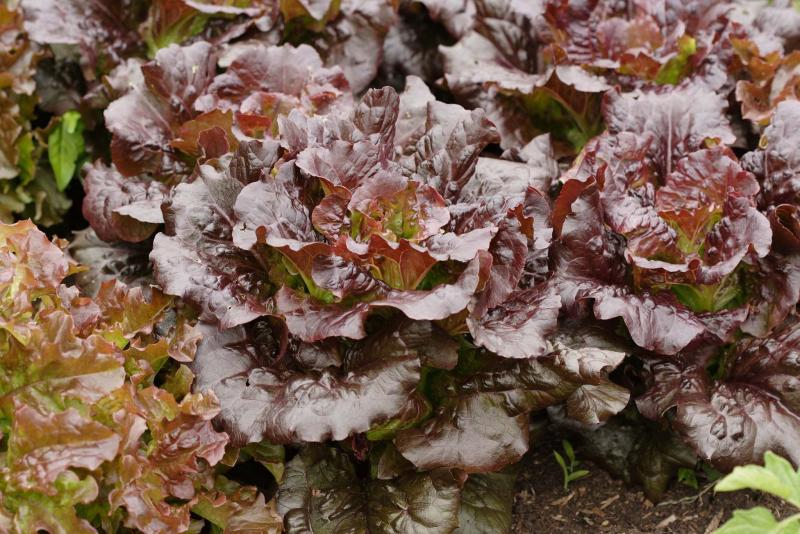
West Coast Seeds
As stunning as it is flavourful, Cimmaron romaine lettuce is an heirloom variety that dates to to the 1700s.
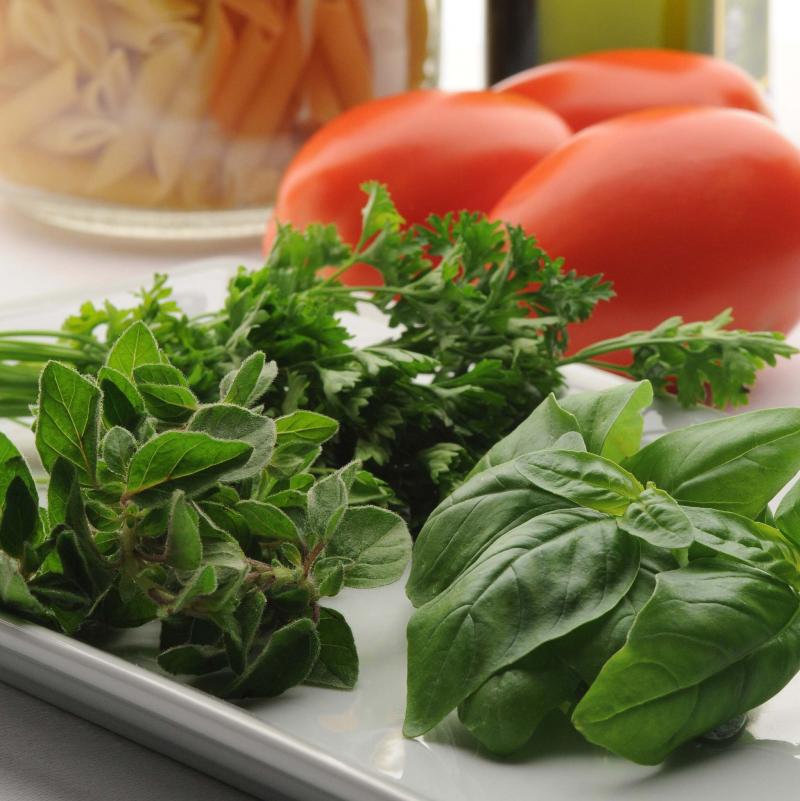
Burpee Home Gardens
Planning a Tuscany-themed dinner? All you need is homegrown basil, parsley, oregano and tomato.
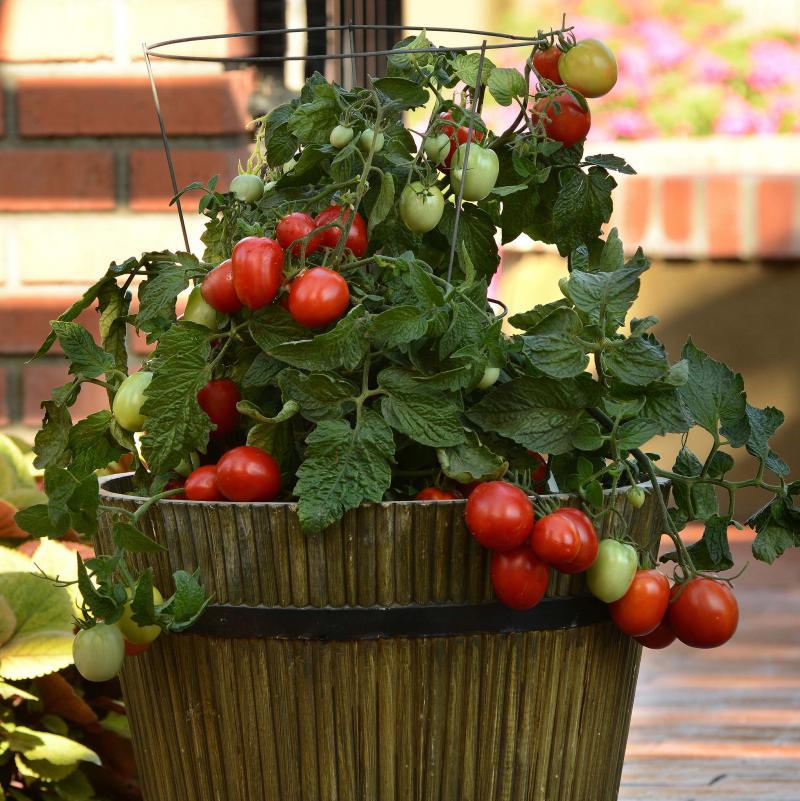
Perfect for containers, Little Napoli tomato is one of the only patio-type romas available.
Burpee Home Gardens
With cooler temperatures this weekend that could put a damper on your outdoor activities, why not take the time to visit your local garden centre and browse through the rows and rows of herbs and veggies? Edibles now take up more space in greenhouses than ever as the demand increases for starter plants to take home and grow. In addition to selecting varieties you might like to grow, plan your strategy, too, for the best, no-fail results.
Soil enriched with nutrients, organic matter, and micro-organisms is important to encouraging root production and stimulating fresh new growth for whatever herb or vegetable you are planning to grow. Will you add compost, grass clippings, worm castings, bat guano, rock phosphate, or perhaps alfalfa meal to your garden bed soil to promote fertility? A yearly addition of organic matter helps to improve aeration and drainage in your planting bed, promoting better soil structure and maintaining the soil’s ability to hold moisture and nutrients in the root zone of plants.
If you are growing your herbs and veggies in patio containers, use only soilless potting mix. This will allow for water to drain through freely but also ensures good moisture retention. It’s important to add an organic slow-release fertilizer. This applies to both beds and containers. One method is to add fertilizer to beds before planting, working it in with a spade or sometimes a tiller in the case of a large bed. For containers, add a slow-release fertilizer to the top surface of the soil after planting and water in thoroughly.
Fertilizer, whether organic or synthetic, contains essential nutrients. When essential nutrients are absent, plants will show signs of deficiencies. Too much leafy growth and too little fruit production may indicate an overabundance of nitrogen in the soil while a lack of plant vigor or abnormal growth can be an indication of a magnesium deficiency.
One scan of the product aisle where fertilizers are kept and you may soon feel you don’t know where to start. When to feed and how much doesn’t have to be complicated. There are organic plant food products that contain a range of nutrients in a balanced ratio together with rate recommendations.
Nitrogen, phosphorus and potassium, or NPK, are the three primary mineral elements necessary for plant growth. Often their values shown on packaging can vary widely depending on the fertilizer product you select. Jordan Hiebert, co-owner of Lacoste Garden Centre, recommends 5-2-4 organic plant food for supplying balanced nutrition. "For veggies and herbs," advises Hiebert, "never use a fertilizer with a phosphorus value over 10. This will only result in fertilizer burn (scorched leaves)."
Hiebert recommends adding mycorrhizae to the planting hole and mixing it in with the soil. A growth enhancer, mycorrhizal fungi (sold as MYKE) promote good root development, increasing the plant’s ability to absorb water and nutrients. Since urban soils are largely depleted of mycorrhizae fungi, Hiebert says that adding MYKE is the best thing you can do for almost anything you grow.
A soluble fertilizer should be added to your patio vegetable pots after about three weeks. Containers are watered far more frequently than beds thus nutrients are quickly leached out. RapiGro 0-0-5 is a kelp concentrate that can be added once every 10 to 14 days as a foliar application or directly at the base of the plant as a root application.
Many edibles, such as tomatoes, are heavy feeders. A fertilizer such as Tomato Food 5-10-5 also contains calcium. Blossom end rot can occur when there is a lack of calcium in the soil or when there is the inability of calcium to reach all parts of the plant. It’s essential to avoid root injury at the time of planting as well as to maintain even moisture.
Good practices aside, why such enormous interest in growing edibles? Aesthetics, functionality as well as accessible nutrition are the main reasons. "Gardening with edibles," says Hiebert, "is about making use of what you have on hand." Vegetables are fun again, says Hiebert. New, compact varieties such as Masterpiece pea can be grown in beds, patio pots or window boxes and have excellent resistance to powdery mildew. Even the tendrils are delicious.
Hiebert adds that people like to keep it simple, too. There’s no need to go crazy. Like basil? All you need is your favourite variety, no need to buy several different ones. Hiebert grows abundant quantities of Sweet Italian Large Leaf basil in his garden for all the pesto that his family, including his young children, enjoy.
Themed containers for favourite recipes will be popular this year and include a mix of ingredients. Tuscan Trio Herb Combo, for example, includes a mix of parsley, oregano, and basil. Stewart McLeod, greenhouse manager for Lacoste, suggests Little Napoli tomato as the ideal tomato for salsa recipes or whenever a good paste tomato is needed. A great patio-type roma with excellent disease resistance, Little Napoli is ideal for containers because of its compact size. Of course, if your tastes lean more towards beefy tomatoes such as Burpee’s Porterhouse which weighs between one and two kg, Hiebert recommends staking and prefers stakes over tomato cages. Why? "It’s a little more work but also easier to prune and to access the plant."
To prune your tomatoes, or not to prune, that is the question. McLeod says that for indeterminate varieties it is fundamental to pinch out the new growth in the axis of the main stem and lateral branches. Tomato plants left unpruned, says McLeod, will put all their energy into growing leaves rather than fruit.
Be sure also to pinch your herbs to encourage good branching. As pretty as the flowers may be on some varieties, flowers are not the ultimate goal. Don’t allow flowers to form as these spell the beginning of the end for your plant’s life cycle.
Acclimatize your new herb and veggie seedlings just as you would any other garden plant. Plant out once there is no risk of frost. If a late frost takes you by surprise, cover your plants. Or try Kozy Koats, reusable water filled teepees. Made from plastic, in a cozy red colour, simply position the Kozy Koat over your plant and fill the plastic tubes with water. It works to protect your plant from frost damage by providing an insulating igloo of heat and warmth.
Patio pots can be moved to a protected area. Herbs such as oregano, lavender, rosemary and chives are hardier than others. Basil, for example, is a heat loving plant and will suffer, even succumb, in temperatures colder than 8 degrees.
Jardins St-Leon Gardens is also a fixture on St. Mary’s Road but is located only minutes from downtown. Long time owners Lise Mulaire and Denis Remillard have sold their busy roadside garden centre this year to their children, Colin, Luke, and Janelle Remillard and nephew, Daniel Remillard. Each has grown up in the family-owned business.
St-Leon caters to both gardeners shopping for annuals, perennials and ready-to-grow veggies as well as those who stop by on the way home for fresh-grown, ready-to-eat produce for their evening supper or the next day’s bagged lunch. Tomatoes and peppers in abundant varieties attract legions of drive-by customers. Colin, a student at the Asper School of Business, says that this year St-Leon will have 101 varieties of tomatoes and 50 varieties of peppers including the Carolina Reaper. Insanely hot, Carolina Reaper is currently listed as the hottest pepper in the world, according to Guinness World Records.
Colin expects Dancing with Smurfs cherry tomato to be a hit this spring. Tiny but packed with flavour, Dancing with Smurfs has deep purple-blue fruit on blue-green stems.
New varieties of fresh, crisp salad greens include Cimmaron, a picture-pretty romaine lettuce with deep-red leaves. An heirloom variety dating back to the 1700s, Cimmaron will add beautiful colour and flavour to any salad. Buttercrunch lettuce is a Bibb-type lettuce with leaves that form a tight rosette. Perfect for lettuce wraps. Mighty Joe is an extra large iceberg type lettuce. Other salad green varieties include Green Towers, Rouge d’Hiver, and Green Salad Bowl.
A surprising new addition is microgreens. Not yet ready to grow your own? Colin says that his dad, Denis, will have fresh microgreens for sale from now through to the end of summer. Grown from seeds from Mumm’s in Saskatchewan, flavourful varieties will include arugula, mustard, red daikon radish, pea shoots and wheat grass.
colleenizacharias@gmail.com

